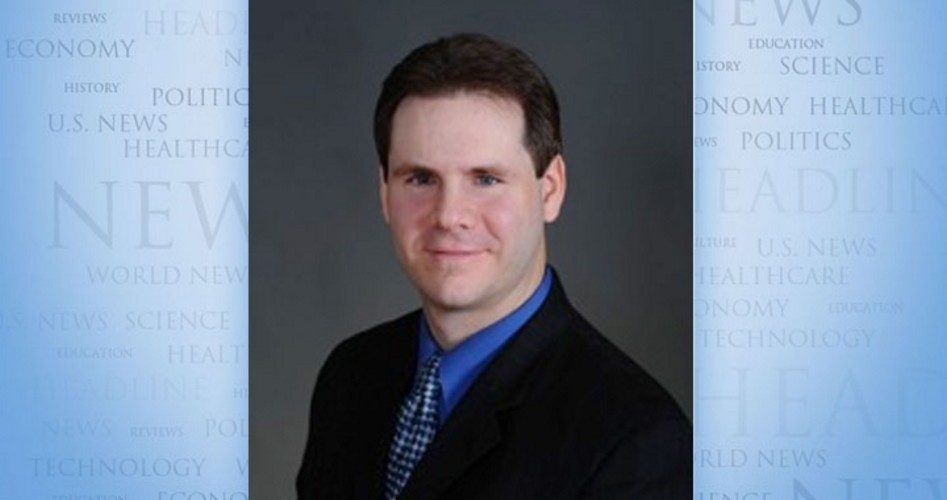
What percentage of the United States is black? Non-black Americans guess 39 percent. Black Americans say 52 percent. The actual figure?
Twelve percent.
Americans also suppose homosexuals and lesbians constitute 30 percent of the country. They’re actually just three percent. People further believe that 26 percent of our population has a $500,000-plus household income; the real figure is one percent.
The above are just some data from a recent YouGov poll finding that with few exceptions, Americans are seriously detached from their country’s demographic reality. It’s a phenomenon with grave social and political implications.
Published Tuesday, the survey asked respondents to estimate the percentage of America represented by 43 different demographic groups; this included some not normally evaluated, such as the left-handed and pet owners.
As YouGov reports:
When people’s average perceptions of group sizes are compared to actual population estimates, an intriguing pattern emerges: Amercians [sic] tend to vastly overestimate the size of minority groups. This holds for sexual minorities, including the proportion of gays and lesbians (estimate: 30%, true: 3%), bisexuals (estimate: 29%, true: 4%), and people who are transgender (estimate: 21%, true: 0.6%).
It also applies to religious minorities, such as Muslim Americans (estimate: 27%, true: 1%) and Jewish Americans (estimate: 30%, true: 2%). And we find the same sorts of overestimates for racial and ethnic minorities, such as Native Americans (estimate: 27%, true: 1%), Asian Americans (estimate: 29%, true: 6%), and Black Americans (estimate: 41%, true: 12%).
A parallel pattern emerges when we look at estimates of majority groups: People tend to underestimate rather than overestimate their size relative to their actual share of the adult population. For instance, we find that people underestimate the proportion of American adults who are Christian (estimate: 58%, true: 70%) and the proportion who have at least a high school degree (estimate: 65%, true: 89%).
YouGov’s “true” numbers seem by and large accurate, though we could add some nuance. For example, the survey puts the MUSS (Made-up Sexual Status or “transgender”) figure at, again, 0.6 percent. This is likely correct, too, “for the number of people who are legitimately suffering from gender dysphoria and experience delusions about their own physical reality,” points out Hot Air’s Jazz Shaw.
But “I doubt that number takes into account all of the young people who have been seduced into the transgender ‘fad’ by the cool kids who now think it’s trendy to say that you’re ‘gender fluid’ or whatever the phrase of the week is,” he continues.
As for demographic misconceptions in general, it’s partially due to something called “uncertainty-based rescaling,” YouGov tells us. This phenomenon “leads people to systematically overestimate the size of small values and underestimate the size of large values,” the site states.
“It also explains why estimates of populations closer to 0% (e.g., LGBT people, Muslims, and Native Americans) and populations closer to 100% (e.g., adults with a high school degree or who own a car) are less accurate than estimates of populations that are closer to 50%, such as the percentage of American adults who are married or have a child,” YouGov continues.
Yet as Jazz Shaw reminds us, there’s more to it. “When it comes to the questions of sexual identity and race, the gross misinterpretations of the numbers are almost certainly driven by the media,” he writes. “It may not have always been this way, but in the current era, both news and entertainment focus an incredible amount of time and energy in covering topics related to minorities, both in terms of race and sexual identity.”
For sure. With movies, sitcoms, and even television game shows so often now featuring an obligatory homosexual character/individual, is it surprising Americans estimate their proportion at 10 times the actual figure?
This sexual devolutionary content is no accident, of course. Just consider the prescription/prediction in the 1989 book After the Ball: How America Will Conquer Its Fear and Hatred of Gays in the 90’s. Americans needed to be desensitized to homosexuality via a “continuous flood of gay-related advertising,” a “conversion of the average American’s emotions, mind, and will, through a planned psychological attack, in the form of propaganda fed to the nation via the media,” wrote authors Hunter Madsen and Marshall Kirk — the former of whom, mind you, was a marketing man by trade.
And the media is largely responsible for the demographic-reality detachment, too, because they favor indoctrination over valid information. That is to say, more Americans would know the actual group numbers if, when covering “minority issues,” the media actually provided them.
This reality detachment has serious ramifications, too. Consider, for example:
When seeing that Congress and other upper-echelon entities are majority white, aren’t blacks more likely to be bitter when fancying that they are actually the majority (“52 percent”)? Such misconceptions help catalyze Critical Race Theory-like movements.
If Americans grasped that we’ve had our Islamic jihad issues despite Muslims being only one percent of the population (and not 27 percent), might they not view Islam more critically?
Given that people too often believe popularity imputes normality or even morality (a fallacy), won’t their overestimation (30 percent) of homosexuals’ numbers influence their estimation of homosexuality’s nature?
When young people believe that one in five Americans boasts a household income over $1 million, won’t this engender in them unrealistic expectations for what they should be earning upon college graduation? And when they then don’t get what they fancy they’re “worth,” mightn’t this contribute to a slacker mentality, bitterness, and an affinity for that “gospel of envy,” socialism?
The moral of this story is that reality is our friend — and lies beget destruction.


